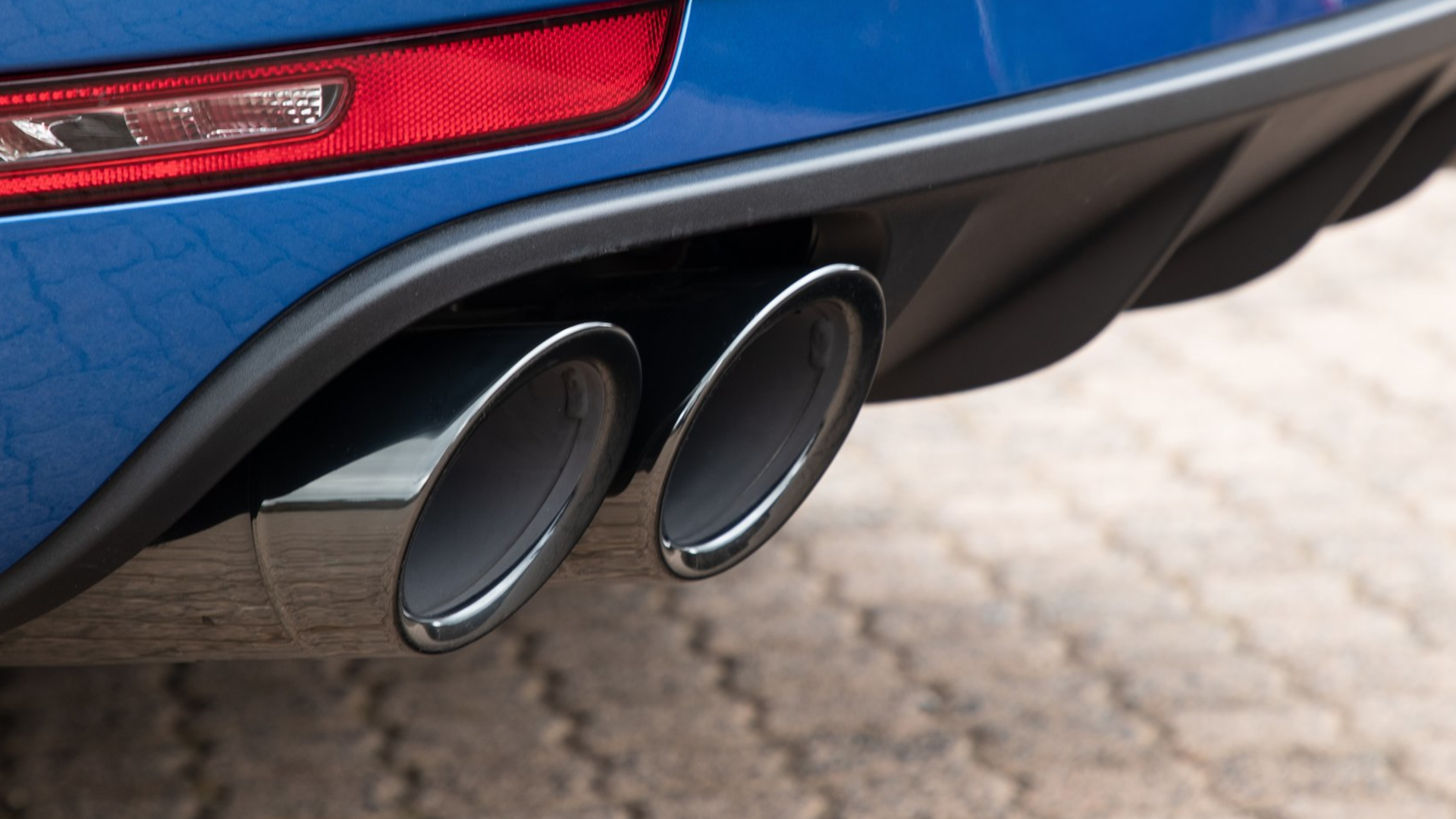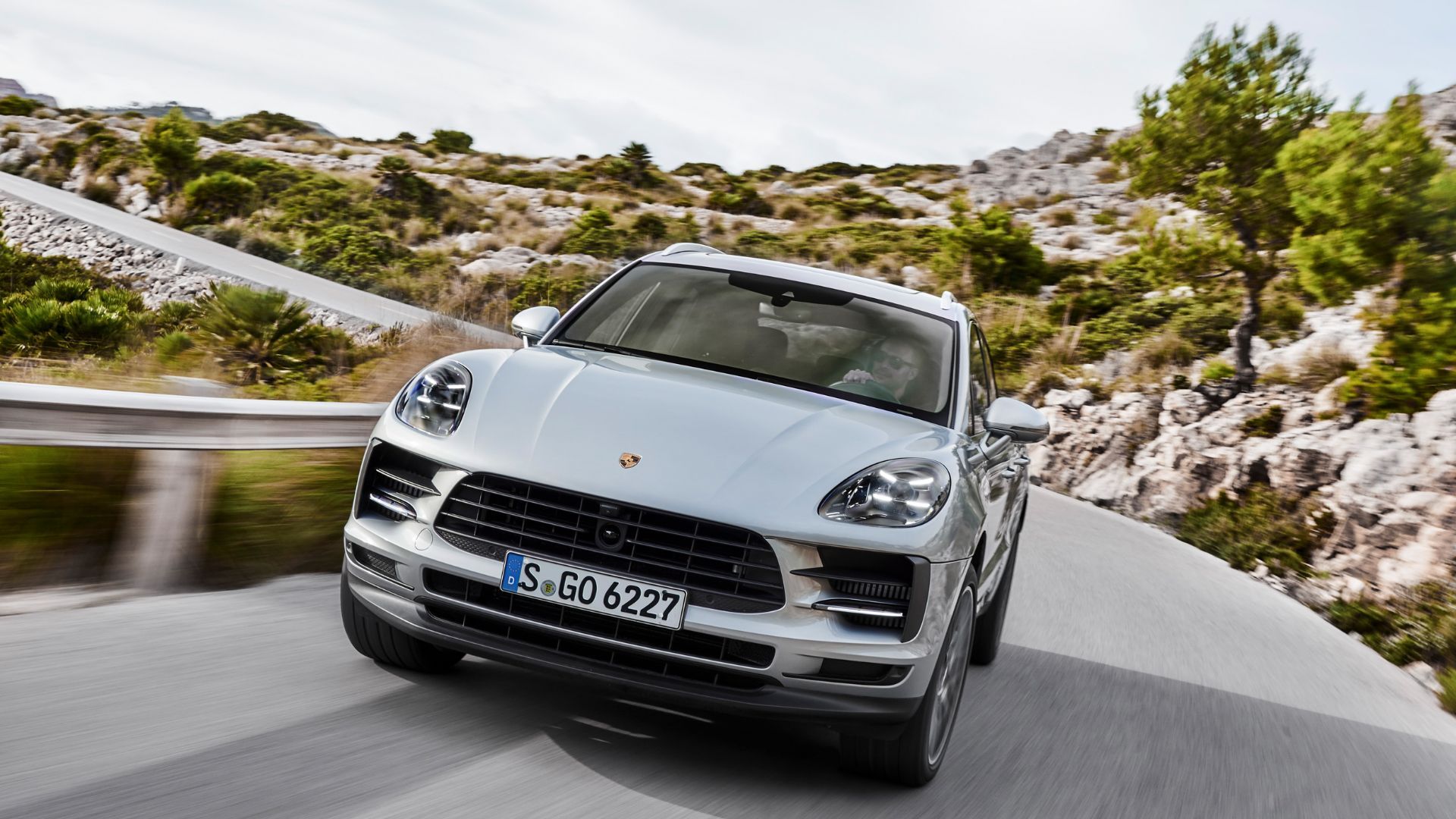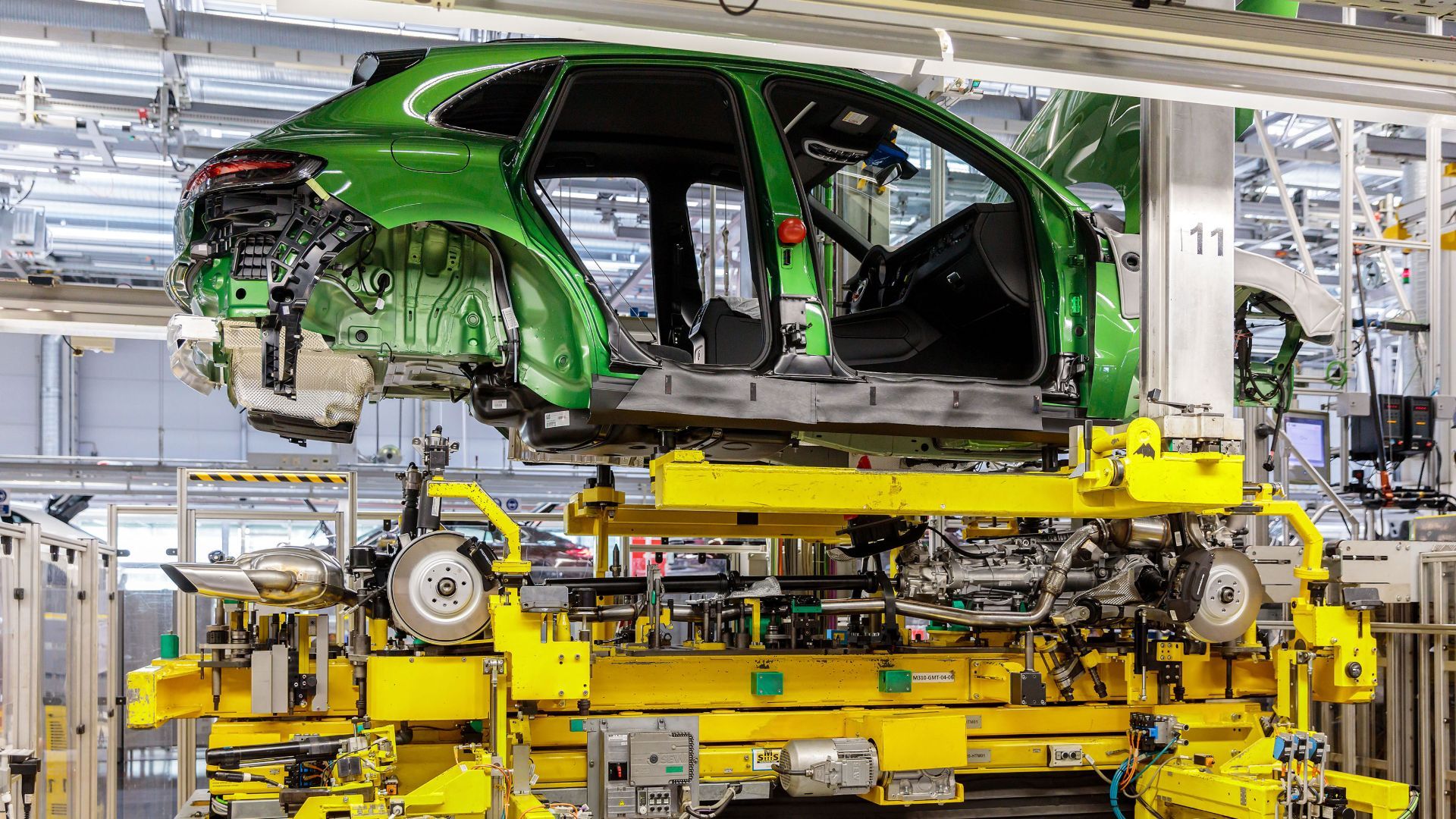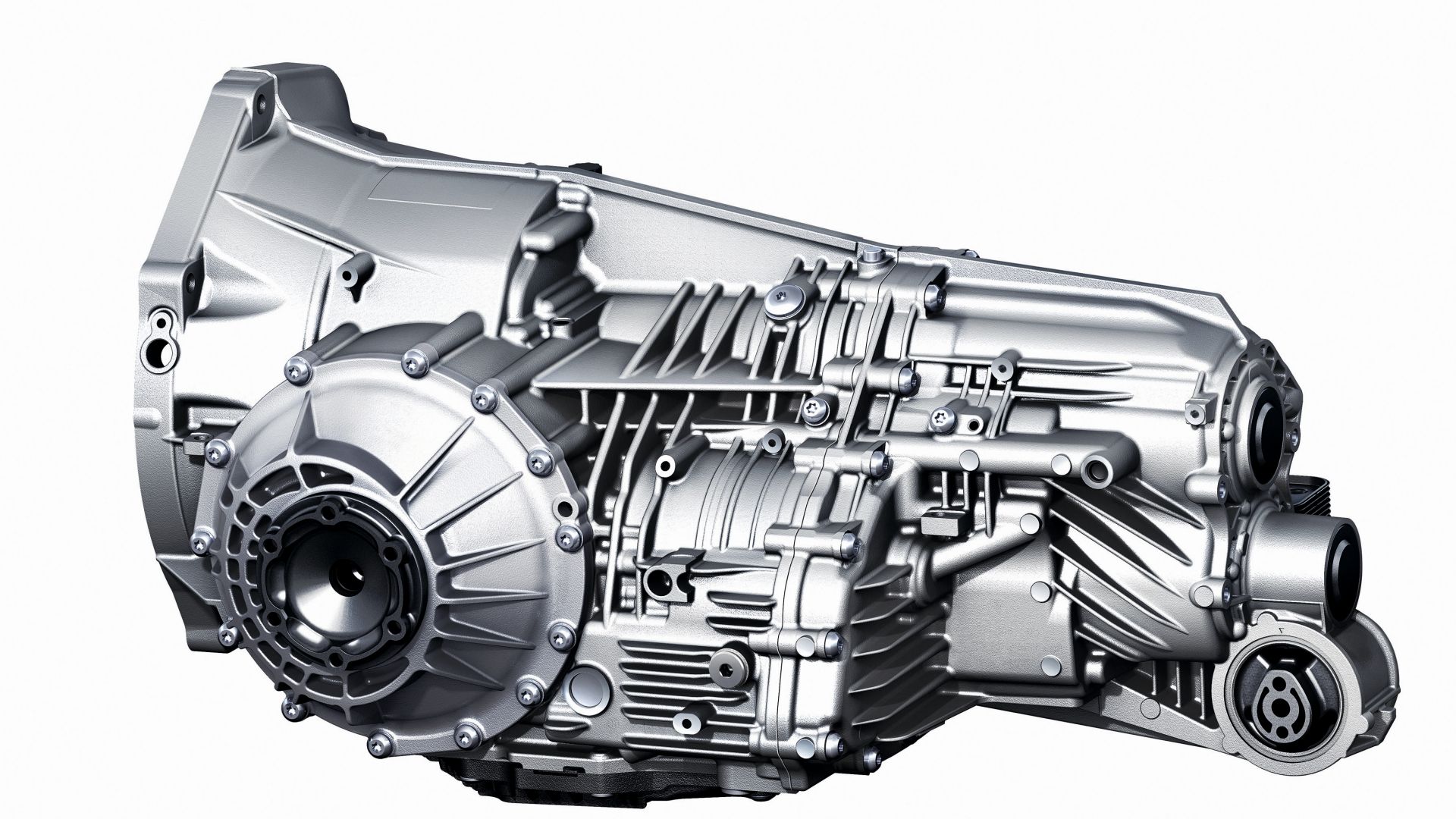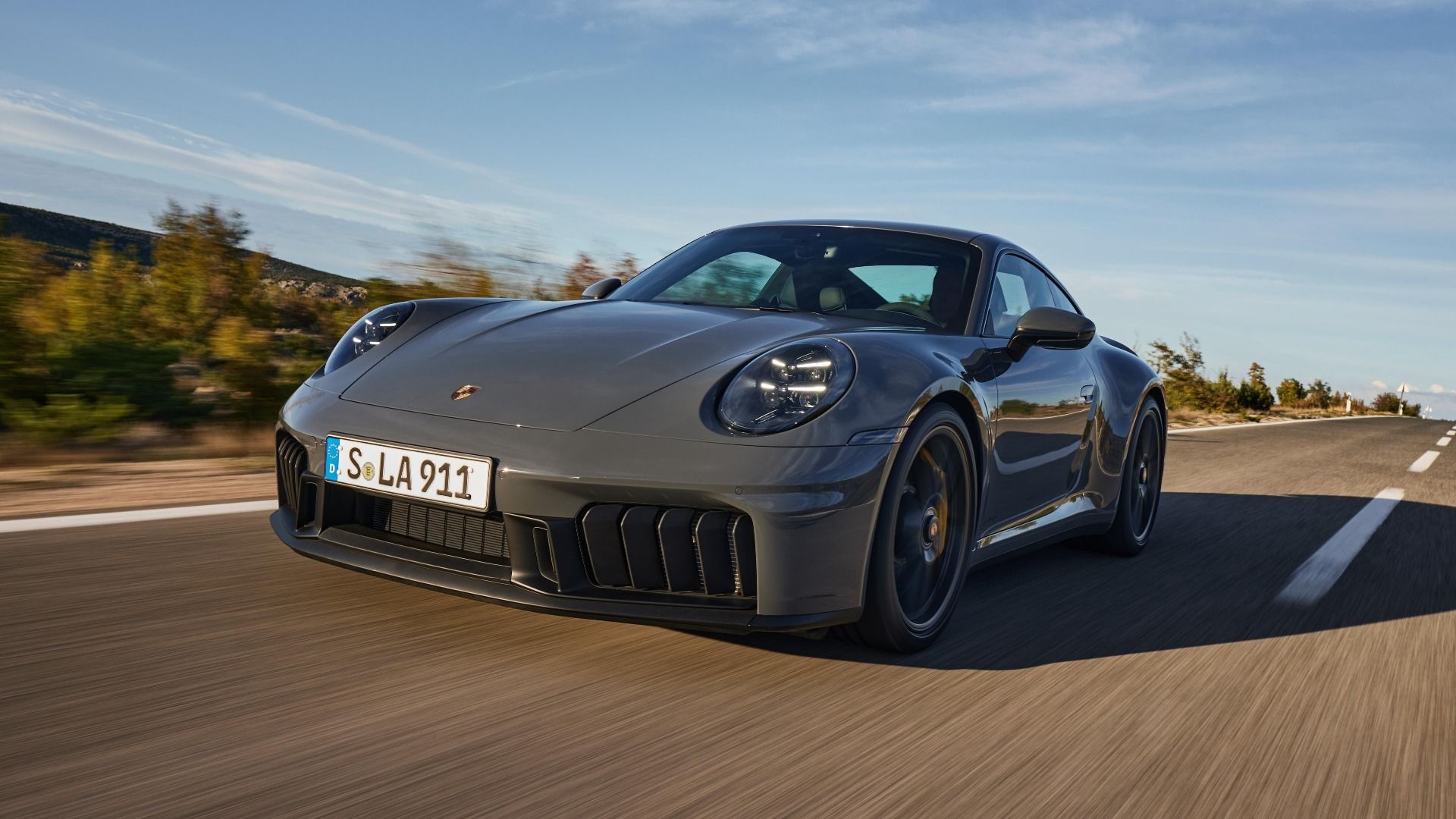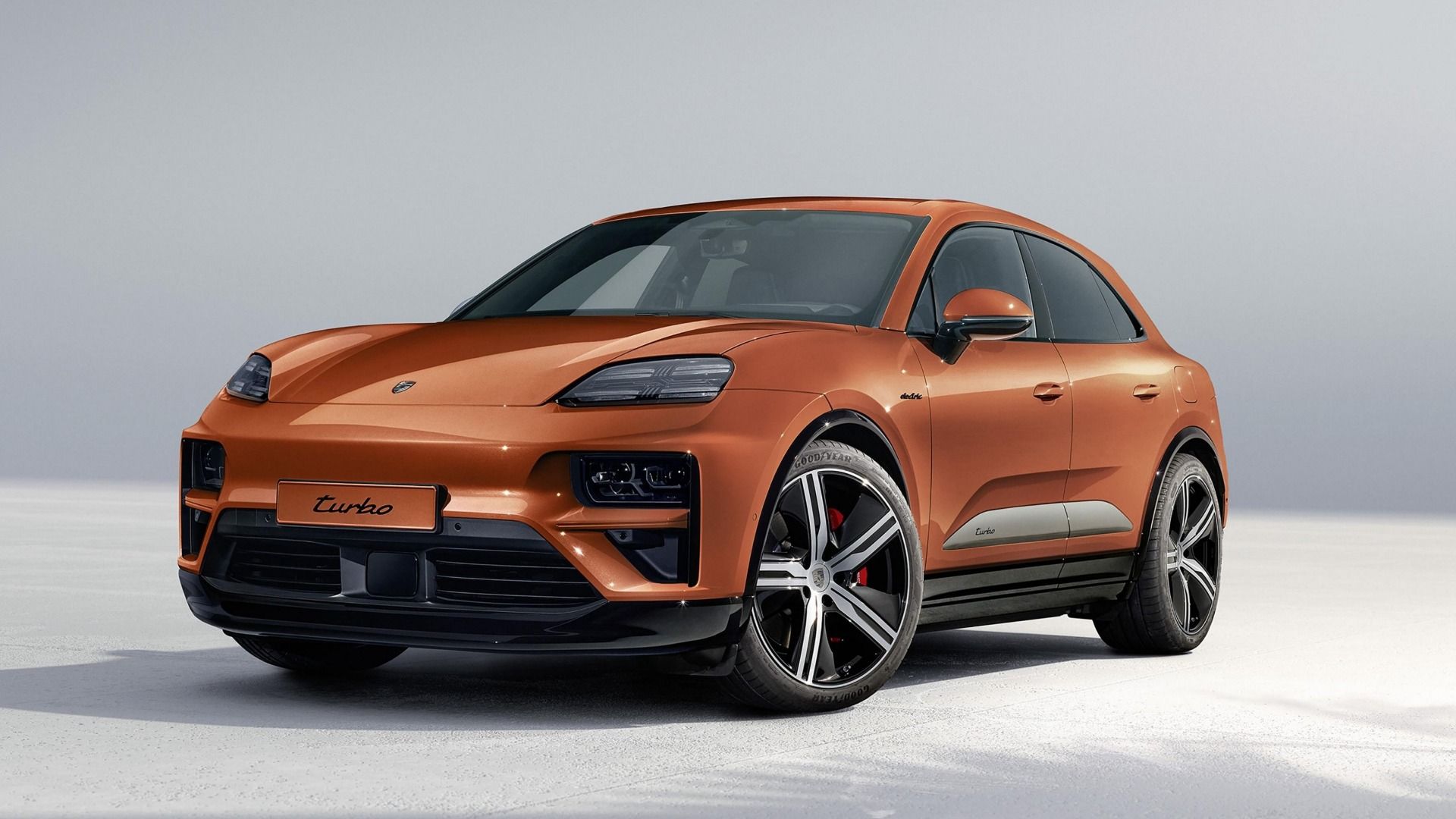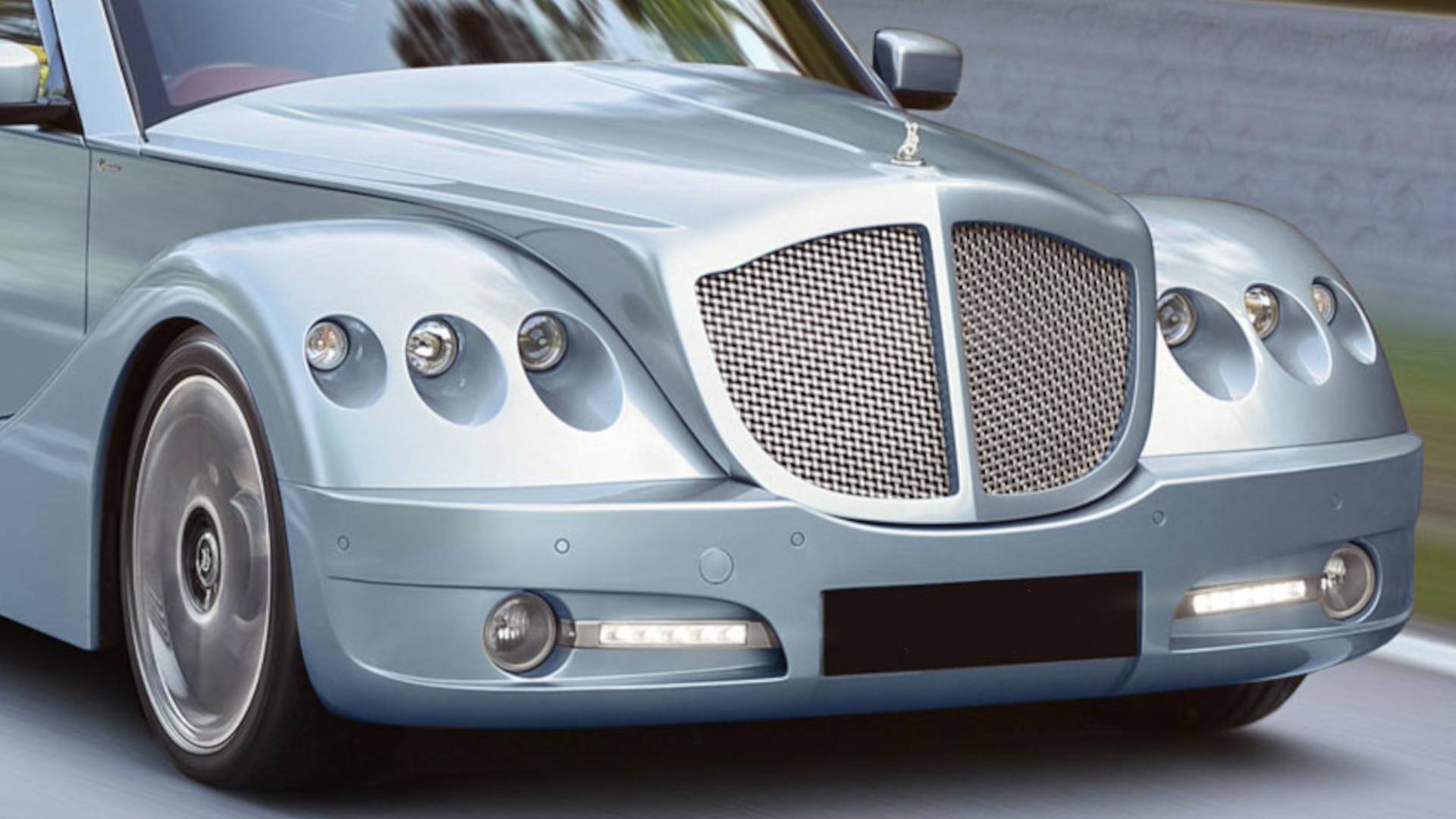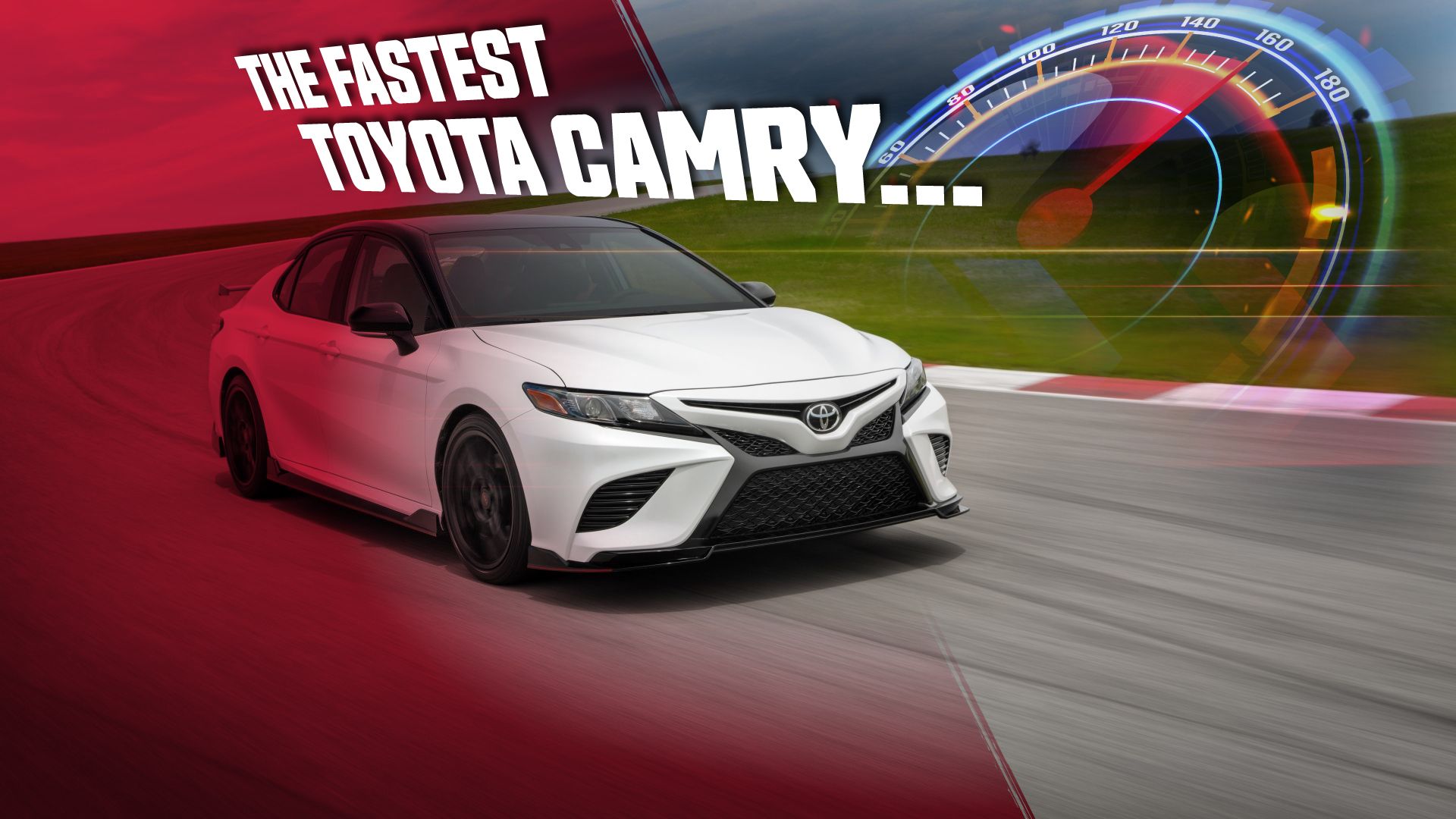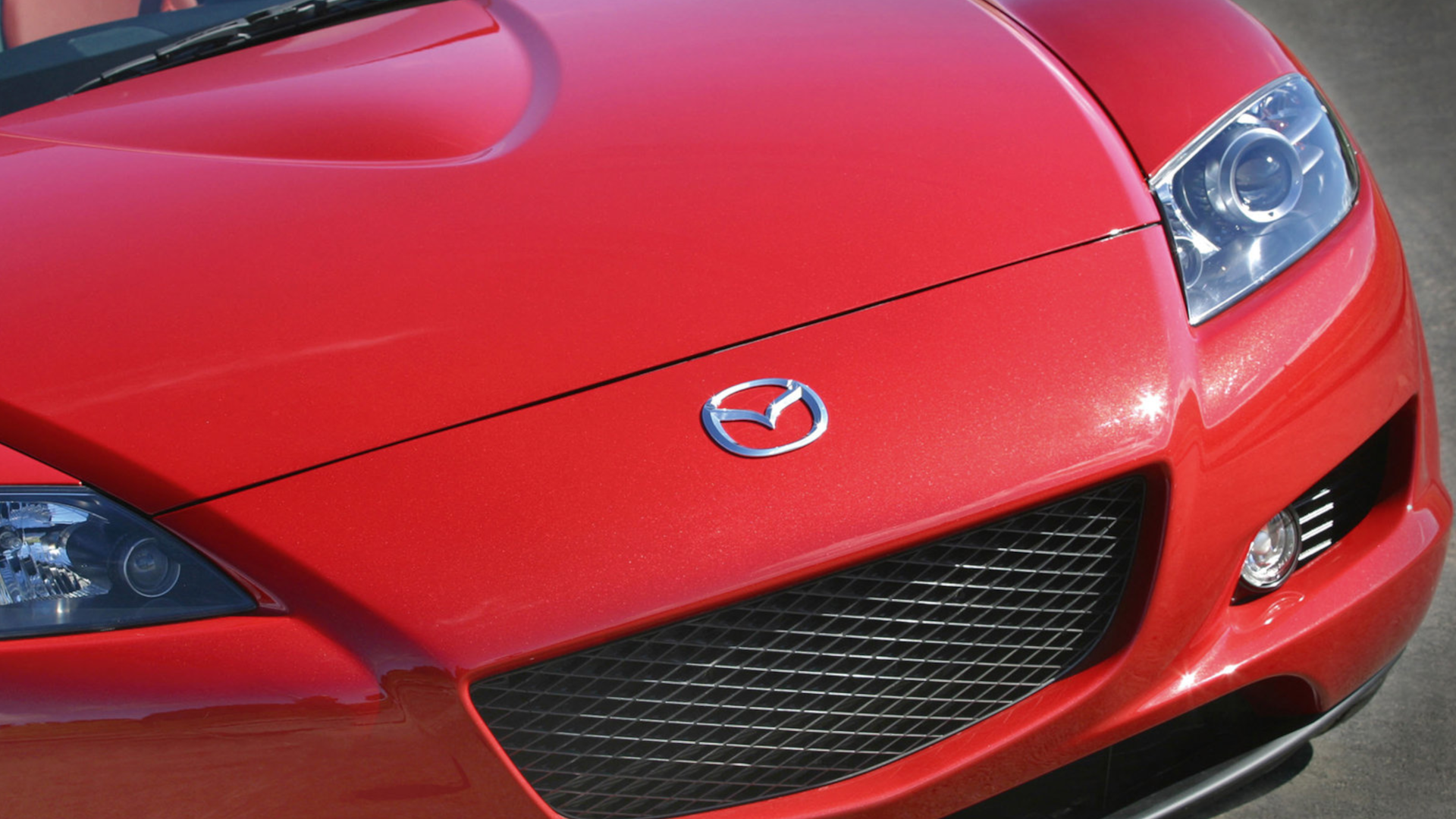Quick Links
-
The Macan And Its Market Positioning
-
Porsche’s Manual Legacy
If you’re going to associate a brand with driving purity and enthusiast appeal, it’s got to be Porsche. And those Stuttgart decision-makers would always give owners a stick shift gearbox to help them really get the most out of their iconic 911s or nimble 718 Caymans. However, Porsche also knows how to move with the times and that doesn’t necessarily mean packing up a manual gearbox for the journey. So, you can’t always rely on the German company to provide you with that all-important stick and that’s certainly evident when you look at the stand-out Porsche Macan. As it transpires, the Macan is, as yet, the only mass-produced Porsche to never have a manual gearbox, so let’s take a closer look. Why did Porsche decide to single out the Macan and is this just a sign of the times?
Why No Manual Macan?
|
2024 Porsche Macan SUV Specifications |
|
|---|---|
|
Engine |
2.0-liter inline-four |
|
Transmission |
PDK |
|
Drivetrain |
All-wheel drive |
|
Power |
261 hp |
|
Torque |
295 lb.-ft |
Getting straight to the point, the absence of the manual gearbox in the Macan is down to a combination of factors. To start with, the vehicle sits on a shared MLB platform along with the Audi Q5 and this Volkswagen Group architecture is meant primarily for automatic or dual-clutch transmissions. Yes, Porsche heavily modified the Macan’s platform for better handling and performance, but if the company had wanted to slot in a manual gearbox, this would have meant significant, costly, and complex re-engineering. So instead, the Macan got the PDK, a seven-speed dual-clutch transmission unit that’s known for its great efficiency and lightning-fast shifts. The PDK is well-proven in cars like the Cayman and the 911, and it’s certainly compatible with the Macan’s all-wheel-drive system.
When it comes to performance, the PDK takes some beating. You’ll get shift times as low as 100 milliseconds to make the Macan as nimble as they come. With the PDK on board, the Macan S and its 3.0-liter twin-turbo V6 could get you to 60 mph in 5.2 seconds. The Macan Turbo would get there even quicker, at 4.6 seconds, with the optional Sport Chrono package. And don’t forget that the PDK also has a paddle shift manual mode, which might give just a little satisfaction to those who want some control but don’t want to mess with a clutch pedal.
We mentioned Porsche moving with the times and in the demand metrics, you can clearly see why. By the 2010s, consumers were not so fussy about manual transmissions, particularly in the luxury SUV segment. Buyers in China and the United States preferred automatic, which, in their minds, was far better for stop and go traffic, downtown congestion, and general urban driving. And Porsche was looking at a specific type of audience here, made up of mostly affluent buyers searching for a premium and versatile vehicle. This type of owner was far less likely to crave a manual gearbox compared to those raw driving enthusiasts.
The Macan And Its Market Positioning
The Porsche Macan made its debut in 2014 as a compact luxury crossover SUV. The company wanted to blend its signature sporty appeal with the practicality of an SUV and named the Macan after the Indonesian word for tiger. As soon as it launched, the Macan left some thick, black tire marks all over the mid-size SUV market as it roared away from dealer lots. It quickly became the company’s best-selling model, delivering more than 100,000 units in China as part of a 350,000-unit global count by 2018. Consumers loved its sports car-like dynamics alongside its versatile and family-friendly footprint, so in the end, it appealed to a very broad audience and justified the company’s commitment.
The Role Of The PDK
The PDK undoubtedly played a critical role in the Macan’s success and was able to deliver the power seamlessly to complement the vehicle’s agile chassis. Its performance figures could rival some sports sedans, and you’d still get that classic Porsche vibe. Meanwhile, the PDK transmission was so adaptable that it suited the vehicle’s diverse engine line-up well. So it could easily cope with the 250 hp you’d get from the 2.0-liter turbo four-cylinder, or the 400 hp from the 3.6-liter twin-turbo V6. The PDK could also handle high torque levels, such as those that you’d find in the older diesel Macan S. It also had Sport and Sport Plus modes as part of the optional Sport Chrono package, which gave even better responsiveness through quicker shifts and launch control, to make the Macan feel more like a traditional Porsche.
Still, many purists felt that the Macan would have been even better with a proper manual. To real enthusiasts, the PDK was rather sluggish in non-Sport modes. And while you’re never going to please everybody all the time, you could argue that the PDK lacks the visceral connection of a manual, and in doing so, may unwillingly dilute the Porsche DNA.
The PDK has been generally reliable over the years, but it’s not been without some issues. Faulty sensors or Mechatronic units have caused some failures and repair costs can occasionally be well into five figures for a full transmission replacement. One forum member talked about a gearbox failure warning after only 400 miles, although such cases are certainly rare. There was also talk about erratic shifting and unusual noises, though it’s often possible to resolve these through an overhaul rather than replacing an entire unit.
Porsche’s Manual Legacy
Currently, the Macan is a brand outlier when it comes to the lack of manual transmissions and enthusiasts still have plenty of options if they crave their stick shifters. For example, the 911 Carrera has a seven-speed manual option in the S and GTS trims, while the Boxster and 718 Cayman have six-speed manuals. Still, those models also offer PDK-equipped versions, and these tend to dominate sales, once again reflecting a broader industry shift toward automatics.
Porsche is also turning toward electrification and automation and the PDK was perhaps part of the bridge to that new world. Indeed, the second-generation Macan which came out in 2024 is now a fully electric vehicle with dual motor configurations giving up to 630 hp in full trim. Of course, the electric Macan has no gearbox at all, but the fact that its predecessor relied on the PDK may have been a clue that Porsche was now focused on more advanced powertrains rather than traditional manuals.
What’s In The Future?
The first-generation ICE Macan should phase out completely by 2026, bringing an end to that chapter. However, Porsche is planning a new gas-powered SUV that will sit below the Cayenne and potentially share the same platform as the Audi Q5. Still, if that happens, it’s likely that it will also have a PDK, as Porsche continues to focus on efficiency and performance. The electric Macan sits on the premium platform electric (or PPE) and is definitely gaining traction. Sales were very buoyant through the first half of 2025, and as you can reach 60 mph in 4.1 seconds with the electric Macan S, it still shows that Porsche can deliver excitement without any clutch pedal.
So, the Porsche Macan is a standout in the history of Porsche as the first mass-produced model from the German brand to sell without a manual gearbox. While this decision may have alienated some enthusiasts, it certainly aligned well with the bean counters in Stuttgart to cement the vehicle’s status as Porsche’s top seller.
Sources: Porsche.

